Good News, Bad News, and the Need for Comparable Education Data
Submitted by a.edimo on November 18, 2016 - 2:20pmHere’s the good news: in the past 15 years, more children than ever have enrolled in primary school, thanks to a massive global effort to get them into the classroom. And here’s the bad news: despite the millions of extra children pouring into the world’s schools, many children still miss out.
